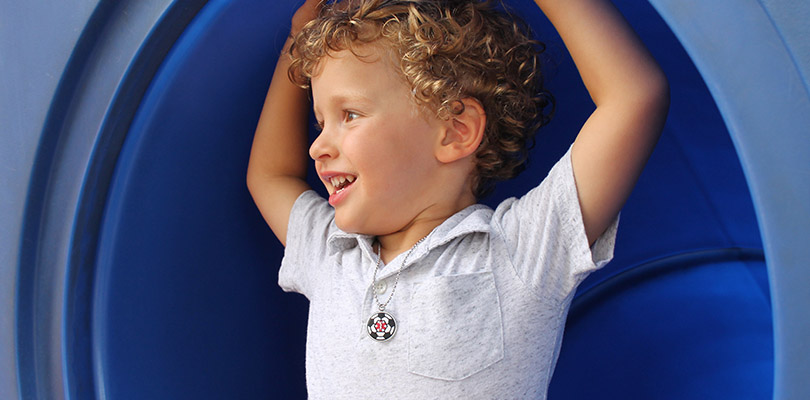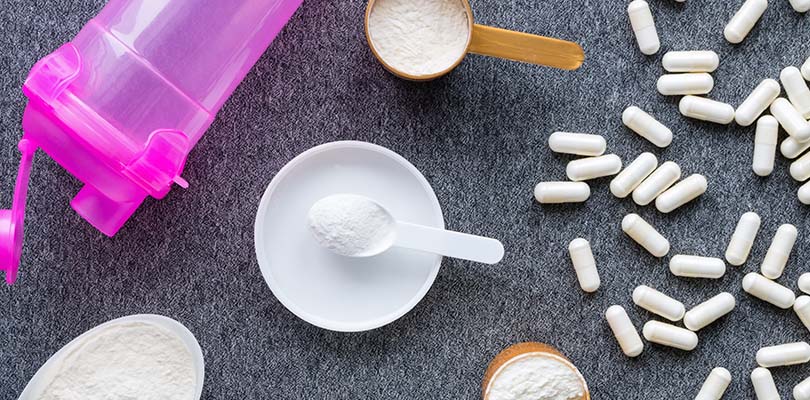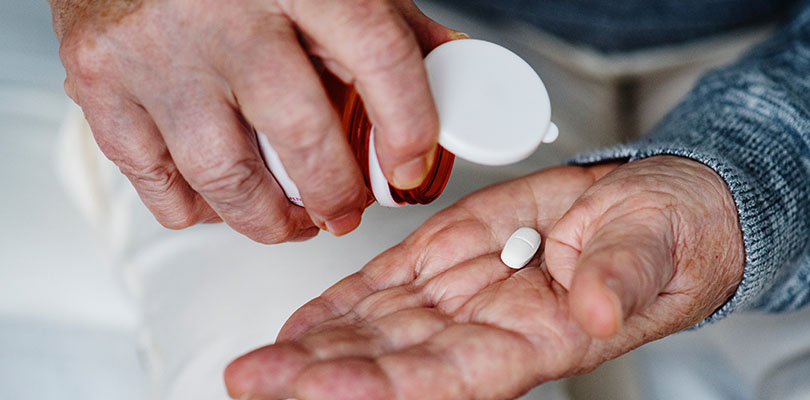Medical IDs for Kids With Food Allergies
If you’re a parent of a child with a food allergy, back to school season means taking important steps to ensure your child's health and safety. According to the Food Allergy Research & Education organization (FARE), food allergies affect up to 5.9 million children or roughly 2 students in every classroom.
How to keep kids with food allergies safe during the school year? One simple yet effective way is by letting them wear a medical ID bracelet (or necklace).
"As parents prepare for the school year, it’s important to consider any allergies or medical conditions that may require special attention when their child is at school,” said Barbara Flowers, RN, McAllen, TX. "Despite precautions by schools to help prevent interactions with common foods such as peanuts and dairy, accidents do happen regularly. One of the ways that your child's allergy or condition can be immediately identified is with a medical ID."
In an emergency, a medical ID can speak for a child even when their parents or classroom teacher are not around. 95 percent of emergency responders look for a medical ID and they use this to obtain important health information so that they can deliver effective treatment fast.
Many schools have developed training programs and annual certifications to educate teachers on how to identify and treat allergic reactions in an emergency. For example, epi-pen injections can be vital in saving a child’s life during a severe allergic reaction when every second is critical.
Organizations like the Asthma and Allergy Foundation of America (AAFA), Food Allergy & Anaphylaxis Connection (FAACT), Mayo Clinic, and FARE all recommend medical IDs for kids with food allergies.
In choosing a medical ID for school, the best choice is the one your child will actually wear. Most medical alert jewelry can now be customized based on size, color, metal type, and engraving.
Hypoglycemia is also known as low blood sugar. Hypoglycemia causes can vary, from diabetes to cancer. Find out if you're at risk.
Choosing Between a Medical ID Bracelet or Necklace
Emergency responders are trained to look for a medical ID around the neck or wrist. In choosing the type of medical ID for school, choose the jewelry that is suitable for your child's activities.
A necklace is less prone to wear and tear but it is important to take note that a necklace can be a hazard for very young children. Because it is worn around the neck, a medical ID necklace may be a little more discreet.
Bracelets come with different types of bands such as water and heat-proof silicone bracelets for active children, and beaded chains that can suit your child's personality and style.
Also, depending on your budget, the typical cost of custom-engraved medical IDs for kids start at $24.99 for bracelets and $19.99 for necklaces.
More Food Allergy Safety Tips: Stickers, Labels, and Wallet Cards
Backup medical identification can help increase food allergy safety. In case your child leaves home without wearing their medical ID jewelry, medical alerts like stickers, labels, key chains, and wallet cards can still raise awareness of their food allergy.
Allergy alert stickers can easily be used on lunch boxes, food containers, backpacks and more, so teachers or caretakers can be on alert.
Expandable wallet cards are a good option if a child has more than one medical condition and can hold additional information about allergies, medications, emergency contacts, and more.
Sending children with food allergies to school can be stressful. "Things like food allergy alert bracelets can be useful to make sure that anyone who comes in contact with that student throughout the day can easily identify them and assist them when needed", says BJ Lanser, MD, Director of the Pediatric Food Allergy Program at National Jewish Health in Denver.
So, don’t forget to include a medical ID in your back-to-school shopping list to safeguard your child’s health this school year.







